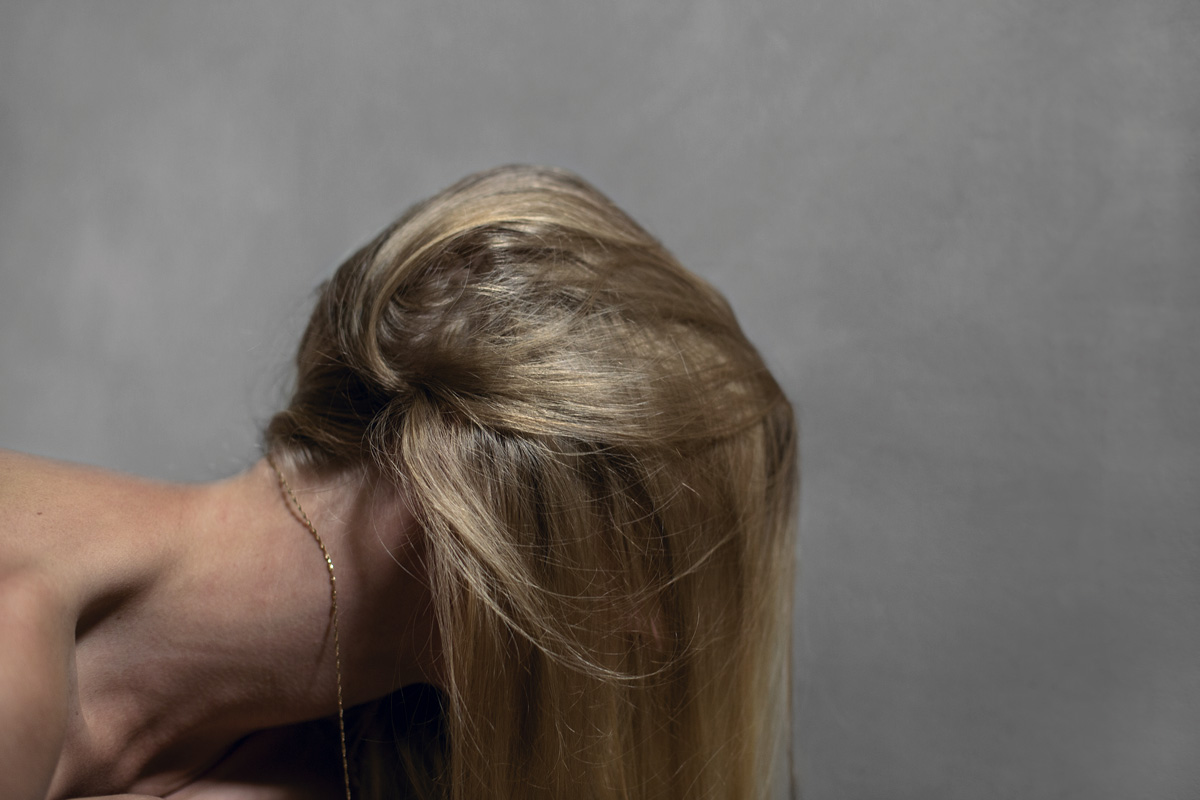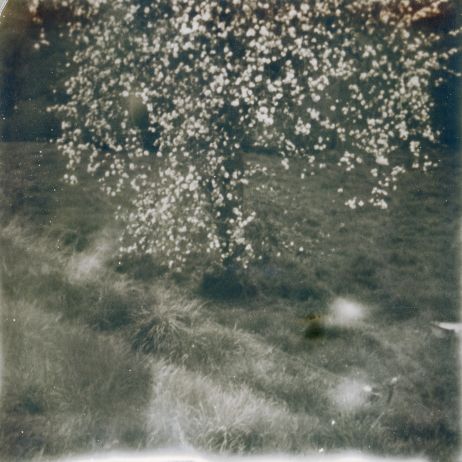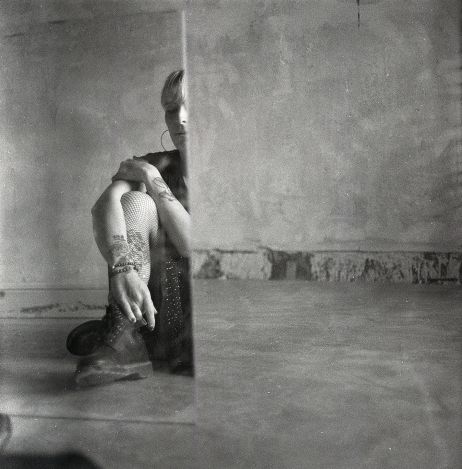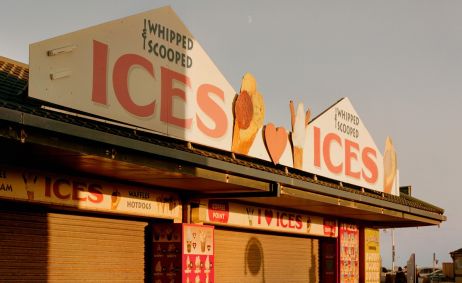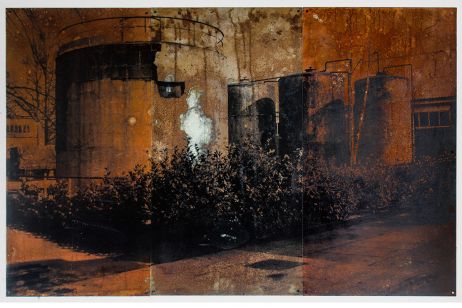The German photographer Sina Niemeyer exhibits, at Festival Circulation(s), Für Mich, an installation mixing photography and video. A personal, subtle and painful project documenting a trauma: sexual abuse.
Fisheye : What was your first contact with photography?
Sina Niemeyer: I started studying photojournalism in 2012. Although I’ve always loved photography, I had never thought about making it my career because it was not common in my family. It was during my studies at Hanovre, in Germany, that I changed my mind. University gave me room to do whatever I wanted, and I really enjoyed this freedom.
How do you design your series?
My process is very intuitional, and I usually let myself be guided by my feelings. When I get in a certain mood, I usually look to create something in particular. Or it may be the other way around. For this project, Für Mich, I really pushed myself to go back to specific feelings buried inside me, since I was constrained by a certain timeframe.
Für Mich is about an extremely intimate issue. What did you feel when you finish this project?
I made the book in 2016, and it really was a catharsis. Although making it did not take too much time, the process of reflection was much longer. Once I had the book done, I hesitated before publishing it. I carried it around with me every day, as if it had become a sort of treasure. It felt like I did not have to explain myself so much anymore, because I could just give the book to people to do so in my place.
The video presented in Circulation(s) was harder to create. After meeting my perpetuator in February, I went to a photo exhibition in March to present my project to the public for the first time. There, I met many photo and video therapists, and one of them, Sarit Haymian, advised me to work metaphorically, so I did.
To create the video accompanying your book, you confronted your perpetrator. Why? How did it go?
I have always felt the need to talk to him. While people in my family were fighting and taking sides, and everything became so messy, he had never said anything about it… Why was he keeping silent? I wanted to have his opinion.
Four years ago, I was working with prisoners, and one of the inmates told me about a sort of “restorative circuit” (Restorative Circles, developed by Dominic Barter, ndlr), where everyone involved in a crime would sit down and speak to give their point of view. It inspired me. Later on, in 2017, I discovered the work of Icelandic writer Thordis Elva, who published a book, South of Forgiveness, with her rapist. And they actually went to give lectures together…
All of this gave me hope, so I decided to confront my perpetuator to talk about it with him. My therapist sent him a letter asking for a meeting. Talking to him was definitely helpful, even though it did not end in the best possible way.

How did producing this personal and painful series help you?
When I was producing Für Mich, my class was told that we could decide whatever we wanted to show. To be honest, before presenting my work, I had no idea if people would even understand it, or if it would end up being ridiculed.
On one hand, it was a really hard for me to create this series, because I had to force myself to remember this traumatic experience. But on the other hand, tackling this issue felt liberating to me. I used photography as a tool to help me see outside of those memories, to channel them in some way. In this media, drawing a line between yourself and reality can help separate both in a therapeutic way. In addition, doing this as an official project helped me talk about it with my friends. Now, I feel a certain affection towards the book.
How was it received by the public?
My classmates were the first to see the project. One girl told me she was touched and shocked by my work. All in all, everyone was positively surprised and affected by it. It was also nice that my friends who knew about it were able to understand my experience in a deeper way. Since then, the project has been exhibited in Mexico, Brazil, France, Italy, Germany, India, Singapour, China, Ukraine, Australia and Russia, and has received a lot of positive feedbacks.
You use different mediums (photography, texts, archives…) in this book. Why?
At first, I had the idea of destroying images, since I was feeling a lot of suppressed anger. I think it was the first time I actually realized how much it had affected my life. The working title at the time was 100 ways to destroy my perpetuator.
I then thought about revisiting the places where it happened, to really go back to the memories, as well as the family archives – family photos, as well as my old journals. I think I was looking for tangible proofs. By observing the pictures, I realised that in some photos I wasn’t smiling, I was more closed off. As I compared the dates, I noticed that they fit with the aggressions. Für Mich brings together those different experiences.
The video accompanying the book is filled with metaphors. Could you tell me more about them?
One of the first scenes of the video shows a carwash. It is located at a place I used to love as a child, but the scene is also thrilling: you do not have any control as you are driven through it. The inside of the car symbolises a safe space, but the surroundings are dangerous. I felt the same things during the conversation with my perpetrator: security and danger, strength and weakness.
I also used a lot of insects in my work: spiders, are connected to fear, but also curiosity, as well as flies. This was inspired by a fascinating theory by philosopher Jonathan Height, connecting fear and disgust. A connection I found really interesting.
Für Mich, Ceiba Editions, €26,50, 96 p.
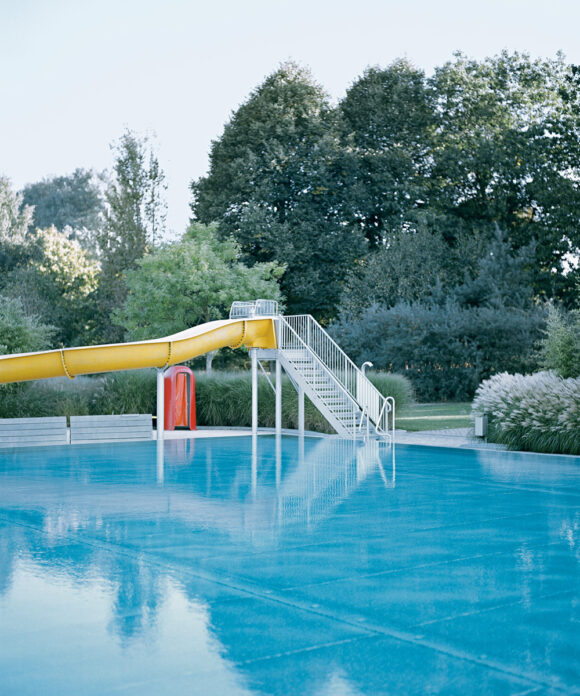

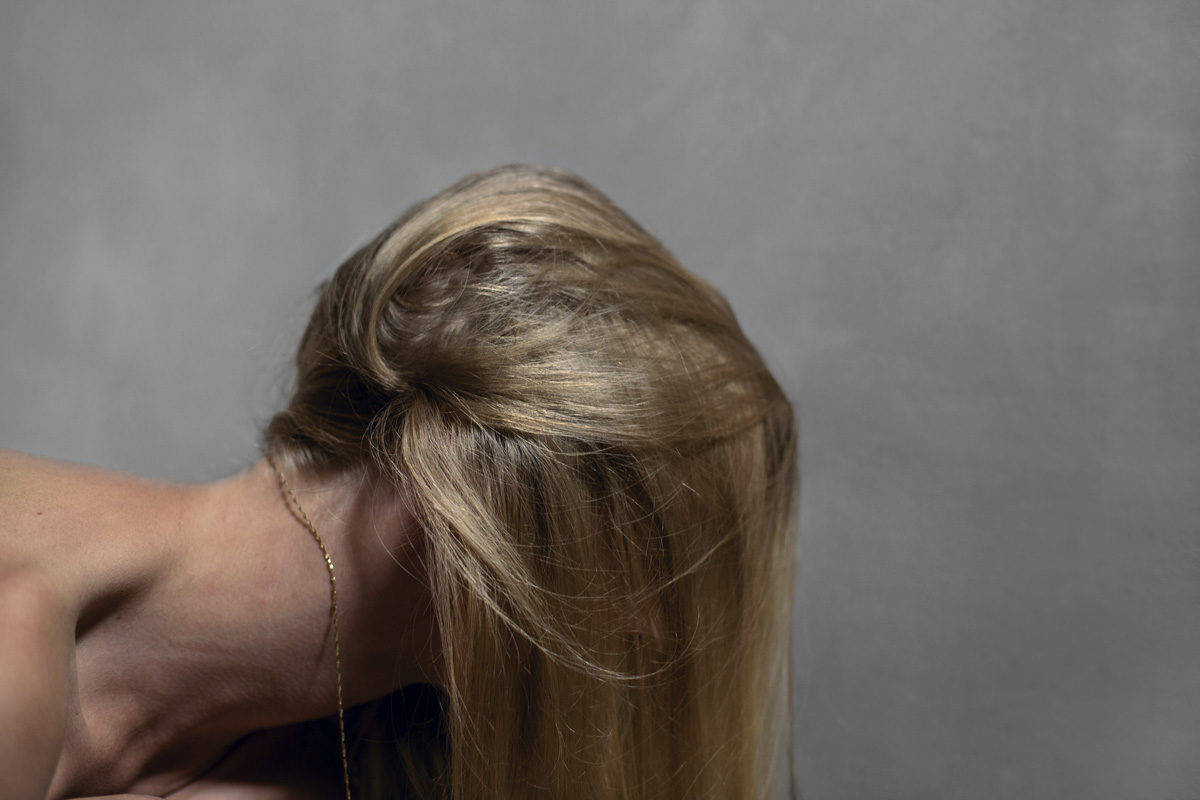
© Sina Niemeyer
